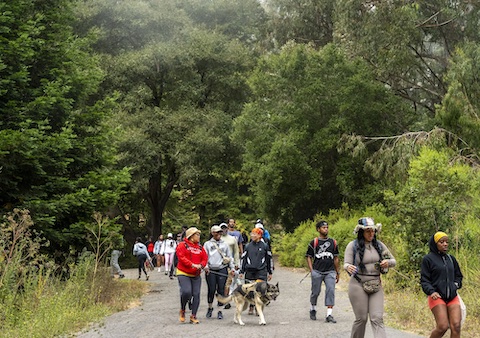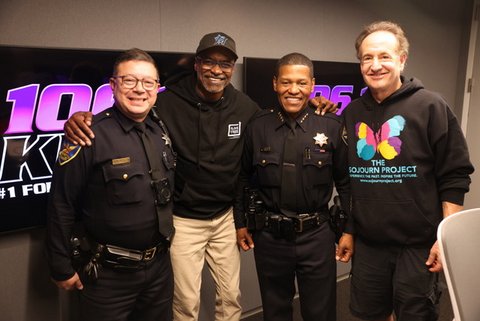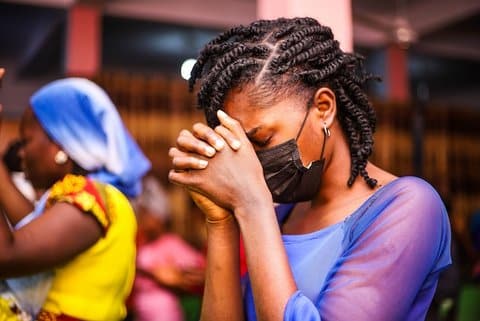
30 Jul As Gen-Z Mental Health Worsens, Family and Culture Key to Treatment, Experts Say

“Services are both not available, and there are lots of reasons to avoid them,” said Kiara Álvarez of Johns Hopkins University at an American Community Media briefing on Gen Z mental health. (Screenshot by Danielle Parenteau-Decker / The CC Pulse)
By Aina de Lapparent Alvarez
For years, Victoria Birch, 22, went through a downward spiral of depression, anxiety and self-harm that only got worse while she was in the foster care and juvenile legal system.
But through Beloved Village, a nonprofit that supports youth, Birch redeveloped a sense of belonging and self-worth, eventually reconnecting with her mom and siblings.
Mental health issues among young people like her aren’t new. But in recent years, COVID-19 and the immigration crisis have compounded into a multi-layered crisis exacerbated by racism, family expectation and cultural stigma, according to the panel. Yet, reduced stigma and more culturally aware therapists and research are fueling approaches to tackle the ongoing youth mental health crisis.
“People are reaching out when they see me struggling, even if I don’t ask for help. That’s a really big thing for me,” Birch said during a panel discussion about the mental health crisis among Gen Z hosted by American Community Media on July 25.
‘Services are … not available’
Kiara Álvarez, an assistant professor in the Department of Health, Behavior and Society at John Hopkins University, studies mental health disparities in children and youth.
In 2023, 53% of girls and 28% of boys in high school reported feeling sad and hopeless at least every two weeks, according to the Centers for Disease Control and Prevention’s Youth Risk Behavior Survey. For youth with multiple marginalized identities, distress is higher, Álvarez said. They are also less likely to seek treatment.
That’s partly because youth of color are more likely to be uninsured or underinsured. Also, some children and parents can be more reluctant to ask for help with mental health because they are afraid it will lead to child protective services or immigration enforcement being called.
“Services are both not available, and there are lots of reasons to avoid them,” Álvarez said.
When they are able to get help, including family in treatment is often an important part of healing. But for non-English speakers, the language barrier often stops this from happening.
With these rows and rows of barriers to access, treatment starts “from community, building up,” Álvarez said.
‘Experience what it means to take care of themselves’
Panelist Soo Jin Lee sees similar circumstances as co-director of the Yellow Chair Collective and the Entwine Community. As a practitioner, she works to address intergenerational trauma and racial discrimination to help her Asian American clients heal.
“Asian Americans are least likely to access mental health care among all racial and ethnic groups,” she said. “So many of us are raised to avoid burdening others. It’s part of a core belief that a lot of Asian American family dynamics still carry.”
What helps is community care, peer-support spaces and inviting as many family members as possible into the individual’s care.
Culturally responsive ways to work on mental health among the community are key, Lee said. But knowledge of the specific challenges of being Asian American is not widely spread among therapists, with only 3% of U.S. psychologists being of Asian descent.
During the Yellow Chair Collective’s Entwine retreat, Asian American therapists, healers and community spend a weekend of rest, storytelling and reconnection to movement with culture-specific activities like tai chi.
“It’s not explicitly talking about mental health, but we’re allowing them to experience what it means to take care of themselves,” Lee said.
Today, Birch volunteers at Beloved Village to help others where she once was. She is also an advisory board member at the California State Office of Youth and Community Restoration. Showing the value of family in healing, she says her reconnection to her mother is helping her through young adulthood.
As Birch sees it, “mental health is kind of omnipresent. It’s everywhere even when you don’t see it.”






No Comments